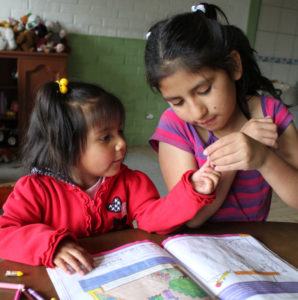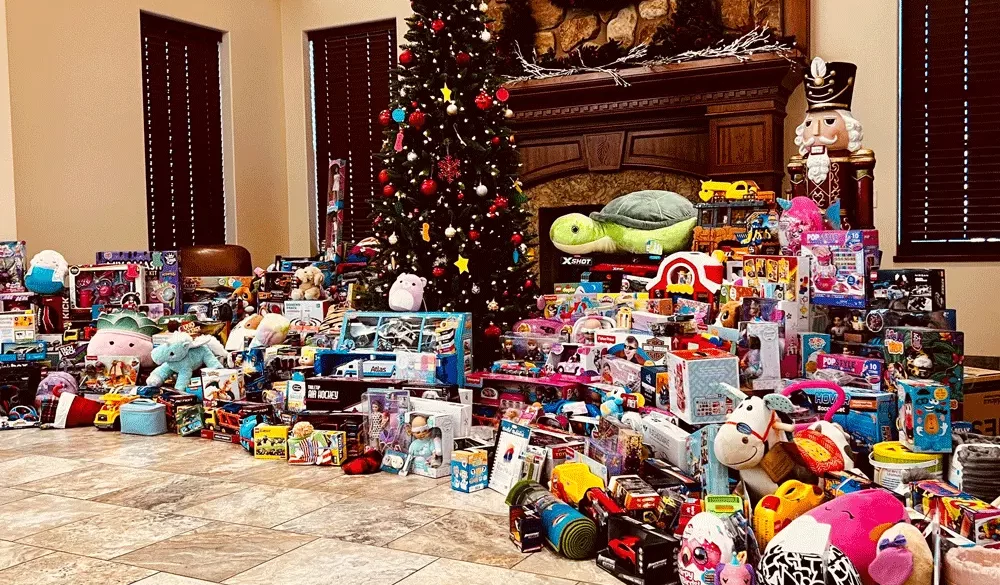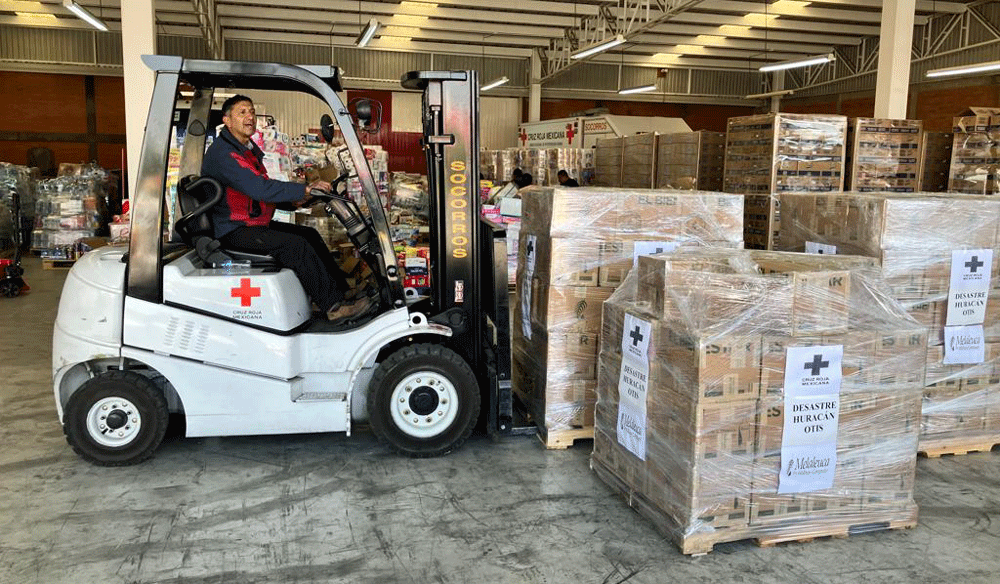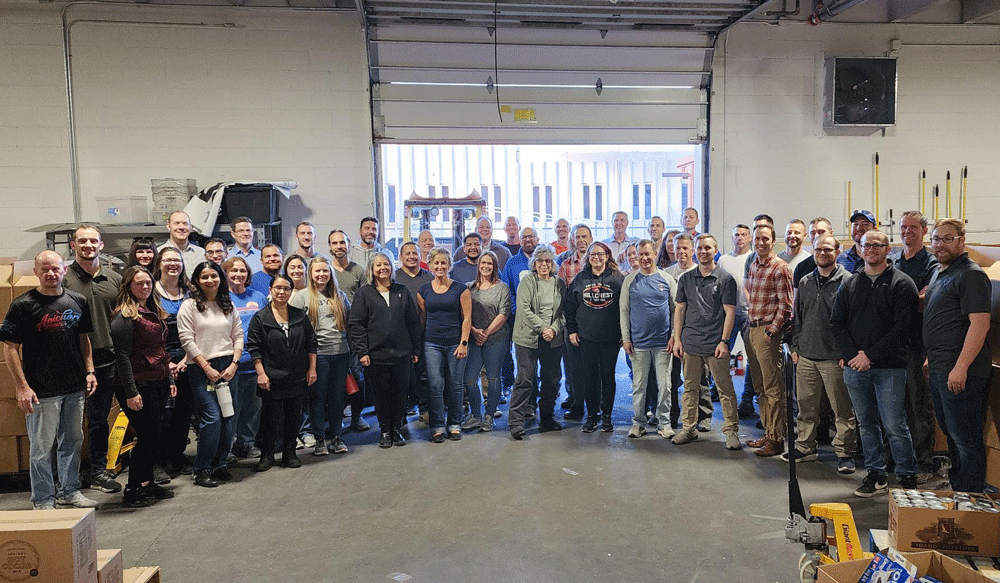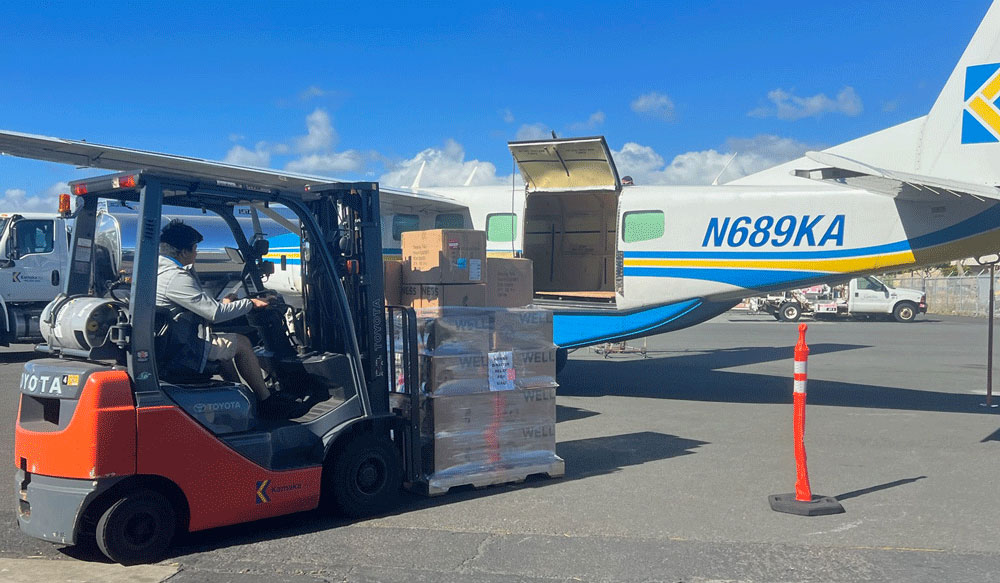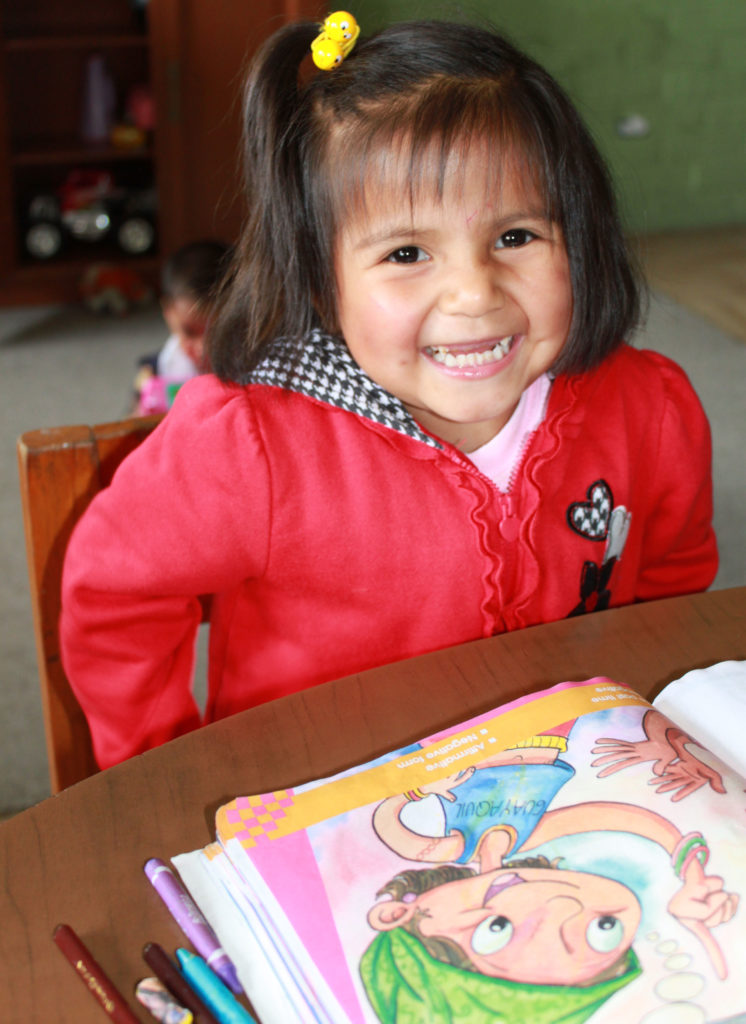
The story of Camila Valentina
A terrified little girl arrived at the Santa Lucia Children’s Home on a dark January night. Too young to speak, she couldn’t tell the nuns how she had been abandoned in the bathroom of a billiards hall. She had no family. She had no name. And there was no way to know what her past held. But one thing was certain—her future held hope. Although the young girl had been found abandoned days earlier, no reports for a missing child of her description surfaced. She needed a family, and she needed a home.
She arrived on the steps of the Santa Lucia Children’s Home at 10 p.m. on January 26, 2013. The toddler—estimated to be about 2 years old—was welcomed with a warm hug and soft words. Her new house mother, Pati, fed her, gave her a warm bath and sang her to sleep.
The next morning, when the children of House 5 awoke, they discovered they had a new sister. The young girl was naturally timid and withdrawn. Four of the other children in the house—Jessica, Javier, Yandri, and Anahy—immediately welcomed their new house sister, shared their toys, and played dolls with her. Within 30 minutes, this little toddler began smiling and feeling a little more secure in her new home and family.
When children come to Santa Lucia without a name, Sor Maria—the head nun of Santa Lucia—has the privilege and responsibility of bestowing a name on the child. After waiting a few days to make sure nobody reported a missing girl, she began the naming process. She likes to see what a name means and then confer with the house family to formally decide. After a family meeting with the children of House 5, the little girl was officially given the name Camila Valentina. “I read that Camila means being protected by God; Valentina means happiness,” says Sor Maria. “We are trying to protect her with much love and care so she will be a happy child.”
After two months, Camila is opening up and feeling at home at Santa Lucia. She has her own bed, her own toys and her own possessions— things that make her feel like a part of the family. Like all the children in the home, she is regularly visited by a physician and a psychologist.
Her house family has done much to make her feel welcome. One of her house brothers, Yandri, is the same age as Camila and they love to play together. Javier, a 7-year-old house brother, has appointed himself as Camila’s protector. He helps her go up and down the stairs and helps her play on the swings and slide in the orphanage’s large playground. The unique organization of the Santa Lucia Children’s Home—with its family groups and constant, dedicated house mothers—has provided Camila with stability and warmth during this uncertain time. Because Camila has no known family, Sor Maria is working with a trusted adoption agency to find her a permanent home.
In the meantime, Camila’s sparkling personality is shining through. She devours grapes every chance she has but can’t be bothered with vegetables. If she’s not on the playground with Javier, she’s playing with her favorite doll and stuffed animals.
It’s heartbreaking to imagine what could’ve happened to this precious child if there weren’t a place like Santa Lucia. In the words of Sor Maria, “Thank God for this system. And thank you to those who financially support Camila and all the kids at Santa Lucia.”
